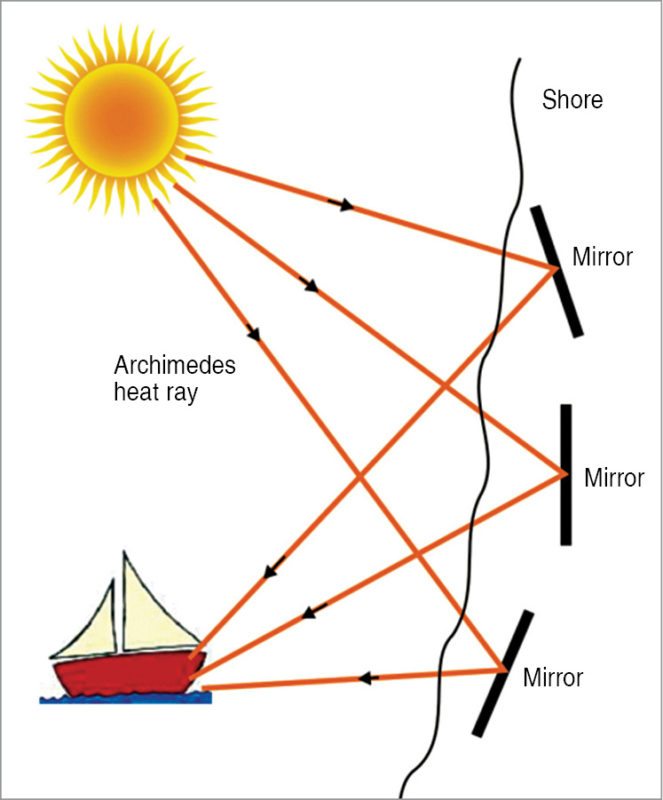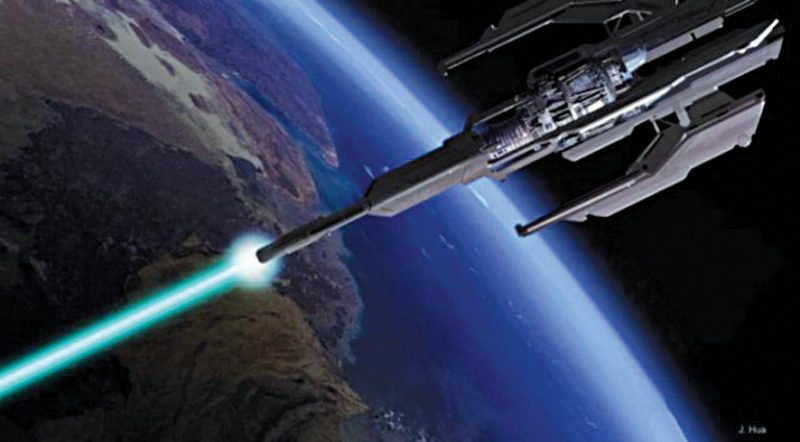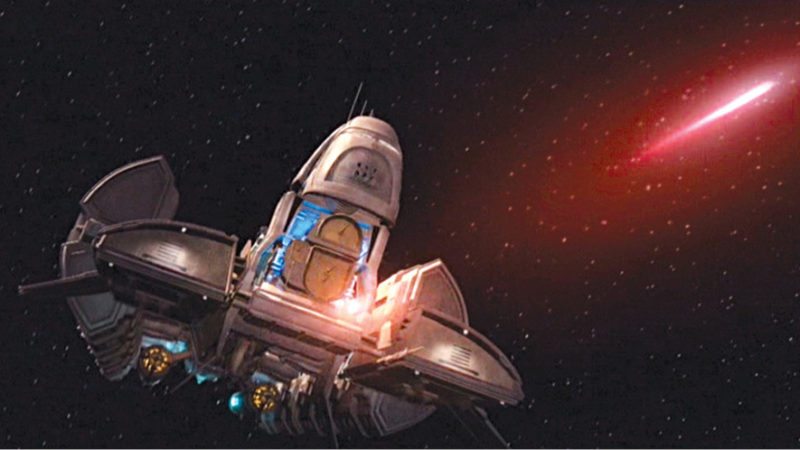This articles focuses on new class of weapons known as directed energy weapons (DEWs) along with with the exception of particle beam weapons (PBWs) and laser-induced plasma channel (LIPC) weapons that generate streams of electromagnetic energy that can be precisely directed over long distances to disable or destroy intended targets.
Laser is no longer confined to premises of prominent research centres like Bell laboratories, Hughes Research Laboratories and major academic institutes like Columbia University, USA, as it was in its early stages of development and evolution. In the last five decades, after Theodore Maiman demonstrated the first laser in May 1960 at Hughes Research Laboratories, there has been explosive growth in industrial, medical, scientific and military applications of lasers. Application areas are continuing to grow with every passing day.
Lasers have been used in various military applications since the early days of development that followed their invention. There has been large-scale proliferation of lasers and optronic devices and systems for applications like range finding, target designation, target acquisition and tracking, precision-guided munitions and so on during 1970s and 1980s.
These devices continue to improve in performance and find increased acceptance and usage in contemporary battlefield weaponry. Technological advances in optics, optoelectronics and electronics leading to more rugged, reliable, compact and efficient laser devices are largely responsible for making these indispensable in modern warfare.

Last one decade or so has also seen emergence of a new class of weapons known as directed energy weapons (DEWs) leading to enhanced global interest from scientists and engineers in DEWs’ development. Lasers, high-power microwaves and high-energy particle beams have been exploited for DEW development. These weapons, with the exception of particle beam weapons (PBWs) and laser-induced plasma channel (LIPC) weapons, generate streams of electromagnetic energy that can be precisely directed over long distances to disable or destroy intended targets.
After decades of research and development, directed energy weapons (DEWs) are now becoming an operational reality. This has been possible due to their unique characteristics that potentially enable new concepts of military operation and also because there has been considerable progress over the past two decades in developing relevant technologies such as power sources, beam-control concepts and pointing and tracking techniques. For these applications, lethal energy from a high-power laser or a source of high-power microwaves or high-energy particle beam is delivered to the targets for causing either neutralisation of electro-optic sensors onboard the target platform or structural damage to the target itself.
Directed Energy Weapons (DEWs)
A directed energy weapons (DEW) system, with the exception of LIPC weapons, primarily uses directed energy in the form of concentrated beam of electromagnetic energy, or atomic or subatomic particles in the targeted direction to cause intended damage to the enemy’s equipment, facilities and personnel. Intended damage could be lethal or non-lethal.
Ever since H.G. Wells published War of the Worlds in 1898, directed energy weapons (DEWs)directed energy weapons have been a recurring theme in science fiction literature. Idea of a death ray, which can instantly destroy or burn a target at a distance, in fact, dates back to a belief that Archimedes used a burning glass to set afire Roman ships during the siege of Syracuse in 212 B.C. Although many images of the death ray depict Archimedes with a parabolic mirror, use of a set of individual flat mirrors appropriately positioned seemed to be a more practical implementation of the concept (Fig. 1).
Though the story has long been dismissed as a myth, interest generated by it has led to a number of experiments being conducted to verify the technical feasibility of such an event. Experiments conducted by Comte de Buffon and Dr Ioannis Sakkas, and more recently by students of Massachusetts Institute of Technology (MIT), USA, have established the feasibility of such an occurrence.
Buffon assembled 168 mirrors, 20.3cm x 25.4cm (8-inch x 10 inch) each, adjusted to produce the smallest image 45.7m (150-feet) away. The array turned out to be a formidable weapon. With this elaborate setup, he performed several experiments. He demonstrated igniting a creosoted plank at 20.1m (66-feet) distance using only 40 mirrors. 128 mirrors could ignite a pine plank instantly and, in another experiment, 45 mirrors melted 2.7kg (six pounds) of tin at 6.1m (20-feet).

In an another effort, Dr Sakkas lined up nearly 60 Greek sailors, each holding an oblong mirror tipped to catch the Sun’s rays and directed these at a wooden ship 48.7m (160-feet) away. The ship caught fire at once.
As recently as 2009, MIT students carried out an experiment with 11.7sqm (127-sqft) mirrors focusing solar radiation on to a boat 30.5m (100-feet) away, causing a sustained flame and confirming technical feasibility of what Archimedes might have achieved with his death ray (Fig. 2).
Directed Energy Weapons (DEWs) versus Kinetic energy weapons (KEWs)
At the most fundamental level, directed energy weapons (DEWs) share the concept of delivering a large amount of stored energy from the weapon to the target to produce structural and incendiary damage effects. Kinetic energy weapons (KEWs) deliver this effect at subsonic or supersonic speeds while directed energy weapons (DEWs) do so at the speed of light.
Both kinetic energy weapons (KEWs) and directed energy weapons (DEWs) need to address two fundamental issues. The first major concern is related to travel or propagation through the atmosphere and hitting the target. In the case of KEWs, it is getting the projectile to successfully travel through the atmosphere and hit the target. In the case of directed energy weapons (DEWs), it is the propagation of high-energy beams such as high-power electromagnetic radiation or high-energy particle beams through the atmosphere and directing these to hit the target.
The second major concern is to produce sufficient damage to the intended target. This is where interaction of high energy with matter comes into play. This implies that, having a high-power laser or a HPM emitter alone does not make a directed energy weapons directed energy weapons (DEW).
Three important constituents of directed energy weapons (DEW) therefore are the high-energy sources influencing operational range, target-tracking and beam-pointing technology determining probability of target hit and interaction of high-energy beams with matter that determines lethality.
Types of directed energy weapons (DEWs)
Four major categories of DEWs are:
1. PBWs
2. Microwave based DEWs
3. Laser based DEWs
4. LIPC weapons
A PBW uses a high-energy beam of atomic or subatomic particles to inflict intended damage to the target by disrupting its atomic and/or molecular structure. It is the least mature of the four directed energy weapons (DEW) technologies and receives by far the least amount of research effort. It is not a true DEW. Unlike high-energy laser weapons and high-power microwaves that direct electromagnetic energy towards the target, it delivers kinetic energy into the target’s atomic structure and is only a hard-kill weapon.
A microwave based directed energy weapons (DEW) system is designed to produce the equivalent of electromagnetic interference to damage enemy’s electronics systems. Due to concerns regarding unintended side effects on the host platform, it is usually preferred to put such weapons only on unmanned combat air vehicles. Also under consideration is use of high-power microwaves as a weapon to attack underground and deeply-buried targets that are resistant to high explosives.
At the core of the laser based DEW is a high-power laser that has enough power in the case of continuous wave laser, or sufficient pulse energy in the case of pulsed laser, to inflict physical damage to the target. Though the lasers intended for already-established applications such as range finding, target designation for munitions guidance and more will continue to improve as newer technologies evolve and develop, it is the use of lasers as weapon that is going to rewrite the military balance in the next 15 to 20 years.


Introduction of laser based directed energy weapons (DEWs) is set to dramatically alter the war-fighting capabilities of nations by making possible execution of missions that would be extremely complex, if not impossible, to realise with conventional KEWs. These include ground based laser systems for disabling low Earth orbit satellites and destroying missiles, airborne laser systems for destroying ballistic missiles and space based laser systems for neutralising theatre and inter-continental ballistic missiles.
A large number of experiments with laser based directed energy weapons (DEWs) to demonstrate these or similar capabilities have been carried out in different parts of the world. Realisability of these weapons has been established beyond doubt, and these weapons have been projected by strategists as the weapons of the 21st century.
LIPC weapons are hybrid weapons that use a laser to ionise a path of molecules to the target, via which an electric charge can be delivered into the target to cause damaging effects. These can be used to destroy anything that conducts electricity better than the air or ground surrounding it. This works as follows:
A high-intensity train of picosecond laser pulses is used to create a powerful electromagnetic pulse around itself that strips electrons from air molecules, thereby creating a plasma channel through the air. Since the air is composed of neutral particles that act as insulators, LIPC is relatively a good conductor. A high-voltage current discharge is sent down this conducting filament to the target rather than arcing unpredictably through the air—a phenomenon similar to lightening that finds its way from clouds to ground via the path of least resistance.
Of these four categories, high-energy laser weapons have the greatest potential in the near term to become worthy of a potent weapon system.





hmmm a little sceptical,Lasers are easy to deflect with forms of mirrors,Particle beams on the other hand are very difficult to stop at best and are more effective.The problem with Particle beam weapons is Gravity.The Soviets found that out in the late 1970s